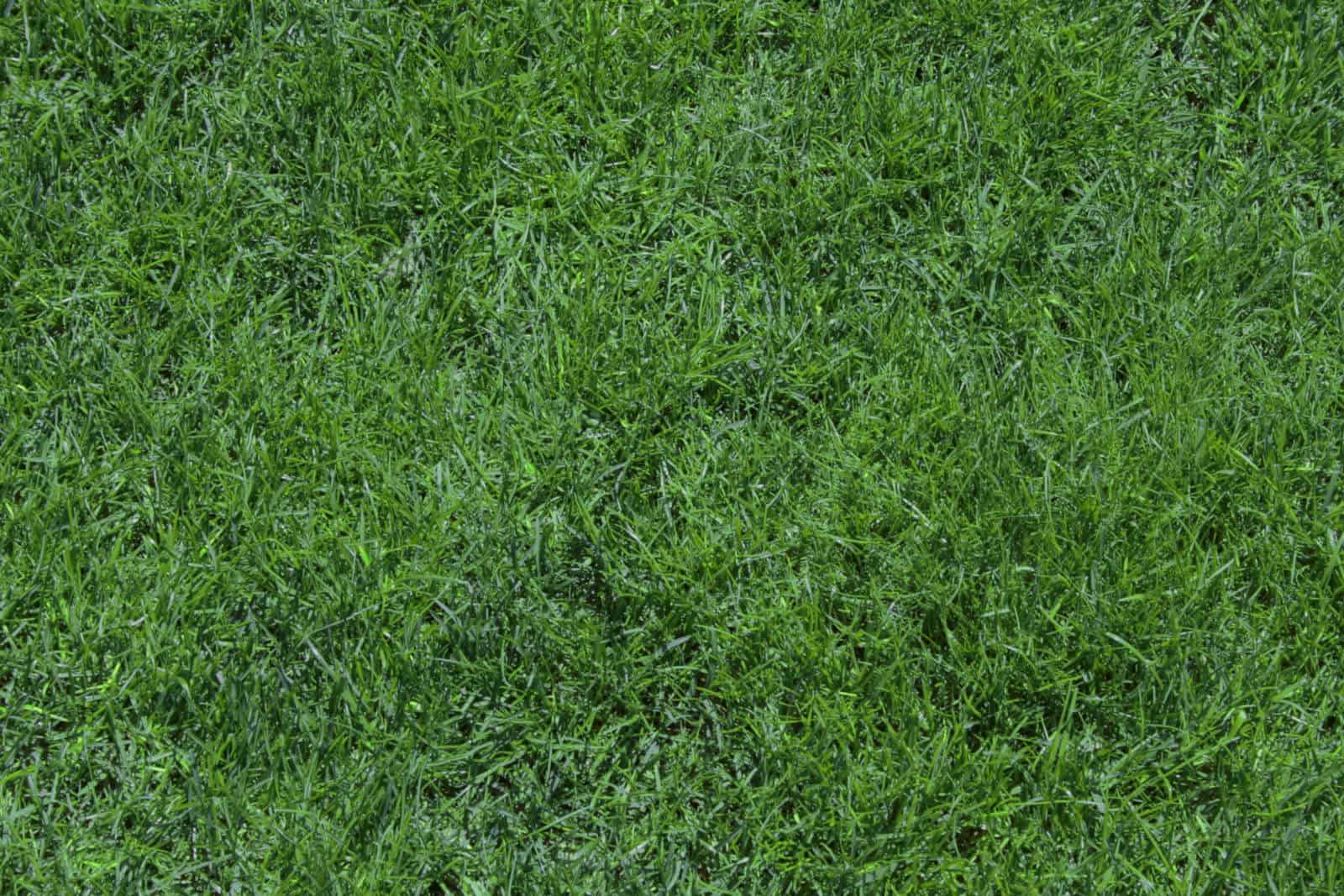
Environment Research publishes a systematic review and meta-analysis of greenspace exposure and health outcomes
The article titled “The health benefits of the great outdoors: A systemic review and meta-analysis of greenspce exposure and health outcome“, was published by Caiomhe Twohig-Bennett and Andy Jones in Environmental Research with the objective of quantifying evidence for the impact of green spaces on a range of health outcomes.
Prior to this publication, no systematic review had attempted to determine the impact of greenspace on such a wide range of health outcomes.
What is “greenspace” and why is it important?
Although greenspace is defined by the Centre for Disease Control as open, undeveloped land with natural vegetation, several forms of greenspace exist within communities such as urban parks, greenery, street trees and public open spaces.
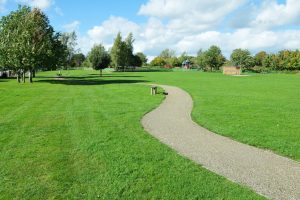

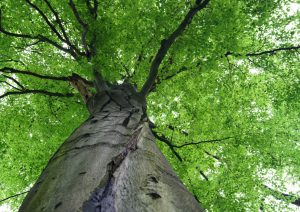
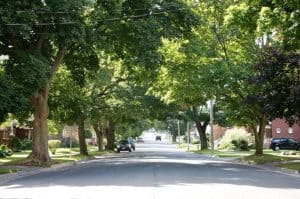
Based on the recognized benefits of greenspace exposure on human health, partnerships are forming between health care providers and local nature organizations in attempt to capitalise on ways nature and exposure to greenspace can positively influence human health.
Creating greeenspace within communities to increase exposure can be beneficial. However, it is important to recognize not all individuals have sufficient opportunity for exposure, and often those who benefit the most have unequal exposure. As reported by Twohig-Bennett and Jones, research has shown that low income neighbourhoods have reduced greenspace availability (Thomas Astell Burt et al., 2014a, 2014b) and even when greenspaces are present, residents of less-privileged neighbourhoods are less likely to utilize those greenspaces (Jones et al., 2009). It is important to recognize that a lack of greenspace exposure may not be a result of lack of physical access to neighbourhood greenspace. As a result, strategies must be explored and developed to ensure those who benefit the most have sufficient opportunities for greenspace exposure.
As income health inequalities have been shown to be lower in greener neighborhoods (Mitchell and Popham, 2008), greenspace may also provide an approach to decreasing health inequalities within communities.
What is the relationship between nature, health and well-being? Some proposed hypotheses include…
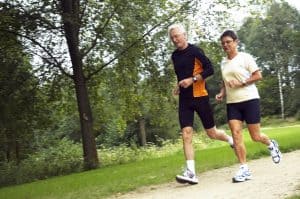 Natural and green areas promote health as they present opportunity for physical activity (and we know, “everything gets better when you get active!”).
Natural and green areas promote health as they present opportunity for physical activity (and we know, “everything gets better when you get active!”).- Public greenspace have been associated with social interaction, contributing to well-being (Maas et al., 2009).
- Exposure to sunlight is thought to counteract seasonal affective disorder, and increase vitamin D to increase health and well-being.
- “Old friends” hypothesis: exposure to greenspaces increases our exposure to microorgnaisms abundant in nature that may benefit immune system development and inflammatory response regulation (Rook, 2013).
What did the systematic review and meta-analysis find?
After screening 1444 abstracts, and 247 full texts, 143 studies met inclusion criteria and were synthesized.
Increased green space exposure was found to be associated with several health measures including decreasedsalivary cortisol, heart rate, diastolic blood pressure, and HDL cholesterol. Additionally, greenspace exposure was found to decrease the risk of pre-term birth, type II diabetes, all-cause mortality, and was associated with increasedincidence of good self-reported health.
A reduced incidence of stroke, hypertension, asthma, and coronary heart disease was also found to be associated with increased exposure to green space.
In conclusion, the results are indicative of a beneficial influence of greenspace on numerous health outcomes (Twohig-Bennet and Jones, 2018). It is important that parties involved in both healthcare and greenspace development form partnerships to develop strategies to increase opportunities for greenspace exposure and raise awareness of the importance of greenspace exposure within communities.
Explore the methods and results by Caoimhe Twohig-Bennett and Andy Jones here!

